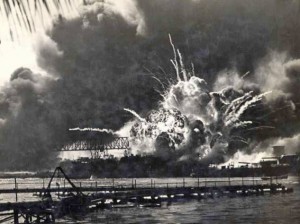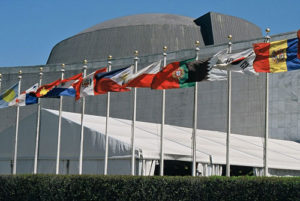Hello ladies and gents this is the Viking telling you that today we are talking about

Pearl Harbour 1941
December 7, 1941
“A day that will live in infamy” – President Franklin D. Roosevelt
In 1941, the axis powers held a supremacy over Europe and parts of Asia. Great Britain stood undefeated, but, without the strength to win against an overpowering enemy. The bombing of Pearl Harbour led to the escalation of the world war into the Pacific arena and also brought American into war with both Japan and Germany. Three years later, it was American troops who provided the majority of the manpower in the liberation of occupied Europe.
Atomic Bomb Hiroshima

The US atomic bombs of 1945, devastated the cities of Hiroshima and Nagasaki. The devastation finally brought the Japanese to surrender, bringing to an end a fierce and costly Pacific war. The surrender of Japan had at one time seen unthinkable. But, the atomic bomb hastened the Japanese surrender. The atomic bomb had implications beyond just the end of the Second World War. It showed the world the potential devastation a third world war could cause. Even now the legacy of Hiroshima and the threat of nuclear war hangs over the world.
Foundation of United Nations – 1945
On 24 October 1945, the United Nations officially began. Its aim was to prevent war and co-ordinate humanitarian efforts to reduce poverty, uphold international law and protect the environment. Although the UN has often lacked the power to stop aggression, it is still an important international forum with the charter of the United Nations upholding basic universal rights and freedoms without distinction or discrimination. It also established the first international Court of Justice at the Hague. The UN has played a role in global humanitarian efforts and UN bodies such as the Global smallpox eradication programme.
And as always have a chilled day from the Viking


Comments
Post a Comment